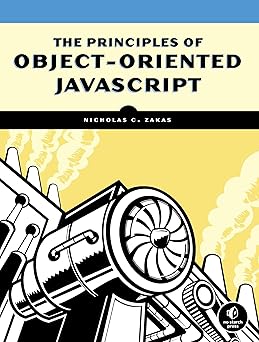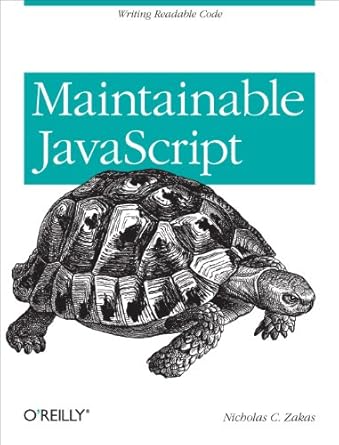When you’re testing an application locally, you ideally want an environment that mimics production as much as possible. Especially when you’re using multiple Cloudflare workers, you’ll want to make sure you can run them together for end-to-end testing during development. Without this ability, you either need to run everything in the cloud (problematic when your internet connection is down or slow) and test each worker individually.
Wrangler is capable of running multiple workers at the same time, like this:
npx wrangler dev -c worker1/wrangler.jsonc -c worker2/wrangler.jsoncThis is important because workers run together in one dev session share resources, including queues, and can communicate with one another. That’s key for creating a production-like environment locally.
However, Wrangler only starts one server for all workers and there’s no way to route between them. After some digging, I found this note in the docs:
You can provide multiple configuration files to run multiple Workers in one dev session like this:
wrangler dev -c ./wrangler.toml -c ../other-worker/wrangler.toml. The first config will be treated as the primary Worker, which will be exposed over HTTP. The remaining config files will only be accessible via a service binding from the primary Worker.
That means we need the first worker listed to both list other workers as service bindings and route requests to the correct worker.
The http worker
You can create a simple worker, that I name http, to handle this for you. The
first step is to list your other services in the wrangler.jsonc file:
{
"$schema": "node_modules/wrangler/config-schema.json",
"name": "http",
"main": "src/index.ts",
"compatibility_date": "2025-08-22",
"services": [
{
"binding": "worker1",
"service": "worker1"
},
{
"binding": "worker2",
"service": "worker2"
}
]
}Next, you’ll use Hono to route requests based on the request
path. To make things easy, the path will be the worker binding name, which means
you’ll only need to update the wrangler.jsonc file when you want to add or
remove workers. Here’s the code:
import { Hono } from "hono";
interface Bindings {
[binding: string]: Fetcher;
}
const app = new Hono<{ Bindings: Bindings }>();
app.all("/:worker/*", (c) => {
const worker = c.req.param("worker");
const binding = c.env[worker];
if (!binding || typeof binding.fetch !== "function") {
return c.text(`Worker binding '${worker}' not found`, 404);
}
// Rewrite the URL to remove the worker prefix
const url = URL.parse(c.req.url) as URL;
url.pathname = url.pathname.slice(`/${worker}`.length) || "/";
// create a new request object to avoid issues with reused requests
const request = new Request(url, c.req.raw.clone());
return binding.fetch(request);
});
export default app;Note that you need to pass c.req.raw to the worker rather than c.req, which
is a Hono-specific object. In this way, all of the request information is passed
directly to the worker. (You can, optionally, modify it as necessary.)
Now, make sure that the http worker is the first one passed to Wrangler:
npx wrangler dev -c http/wrangler.jsonc -c worker1/wrangler.jsonc -c worker2/wrangler.jsoncThen you can test out your workers locally:
# call worker1
curl -i -X POST http://localhost:8787/worker1 \
-H "Content-Type: application/json" \
-d '{"message":"Hello worker1!"}'
# call worker2
curl -i -X POST http://localhost:8787/worker2 \
-H "Content-Type: application/json" \
-d '{"message":"Hello worker2!"}'Enjoy your local multi-worker development environment!
Updated (2025-08-25): Cleaned up TypeScript code to match best practices for Hono.
Updated (2025-09-08): Enhanced the Hono app so that it handles URL rewriting and all HTTP verbs.





